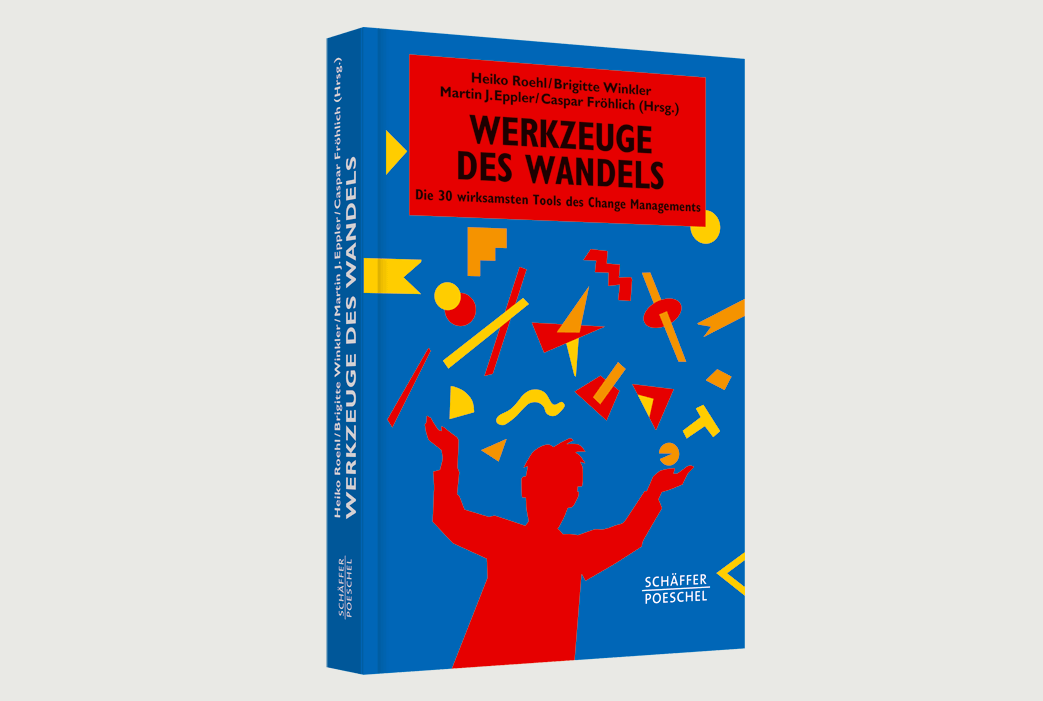Change Management: "Tools of Change"
Whoever reads the German magazine “OrganisationsEntwicklung - Zeitschrift für Unternehmensentwicklung“ (OrganisationDevelopment - Magazine for Business Development“) on a regular basis, is probably well familiar with the so called tool box. This issue’s book recommendation contains 30 selected “tools“ from this category.

We recommend this book to all those who deal with changes in organisations and want to refresh and expand their own tools. It is divided into three sections: The first section provides a structure for the tool box and gives an overview of the tools. For all those who like a certain order, there are different structuring suggestions for the localization of the instruments which can be used and adapted for one’s own tools.
The following chapters are dedicated to the instruments and divided according to the classical consulting process: “Preparing change“, „“understanding contexts“, “future experiences“, “designing learning“, “moving organisation“, “communicating change“ and “evaluating change“. The instruments itself are comprehensibly illustrated. Since the devil is in the detail, concrete questions arise during the practical implementation. Partly, the introduced instruments are supported by check lists and diagrams that can be well integrated into practice. Particularly informative are the remarks of the authors referring to potential pitfalls and obstacles in the implementation. Here it becomes obvious that to the most part practitioners wrote this, not pure “pen-pushers“ who are familiar with change only from top of the ivory tower. Also well done are the notes referring to the evolution of the method including the reference to the source literature. Although this should be taken for granted, in times of “copy and paste“ it is also worth a positive remark. The methods introduced switch between proven approaches such as task clarification, force field analysis or “action learning“ and relatively new approaches such as the “film method“ or “blogging“.
The book is rounded up by a tool critical epilogue dealing with the senselessness and “over methodizing“ by some publications and common advisory groups.

